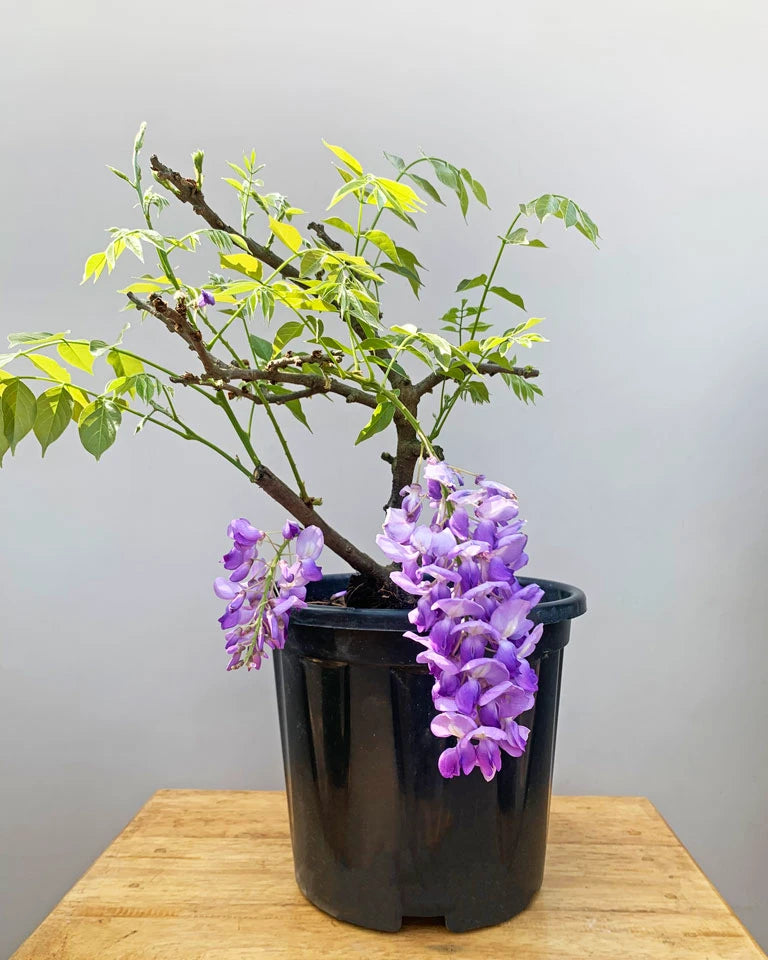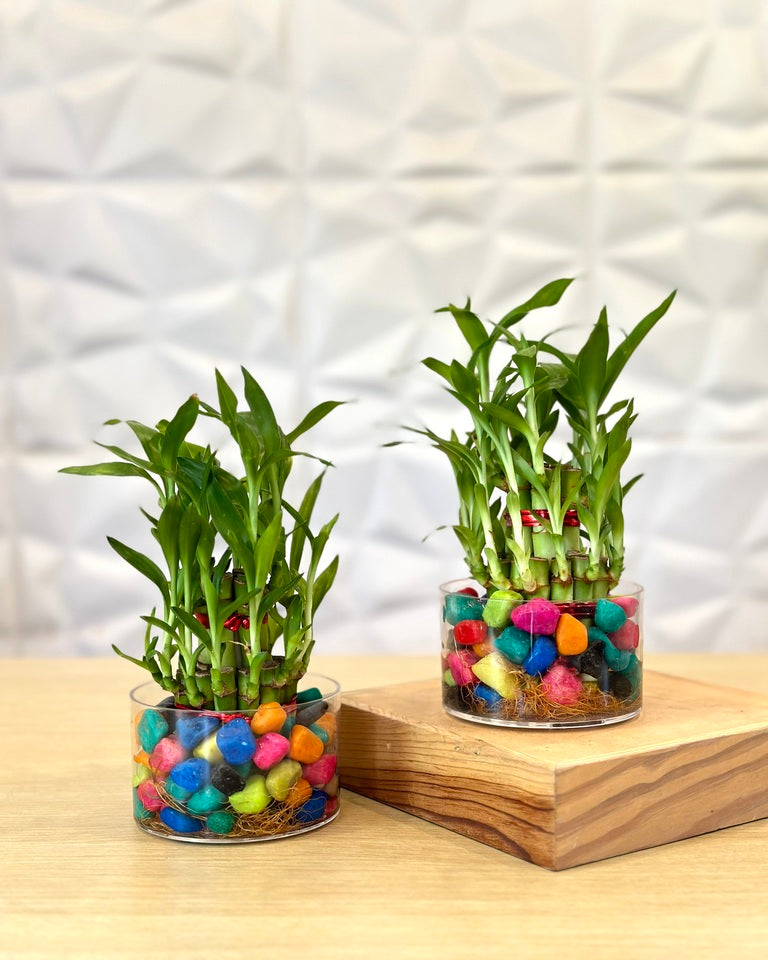
Natural Ways to Prevent Soil Erosion with Plants and Groundcovers

Soil erosion is a slow destroyer — silently washing away your garden’s fertility, breaking down landscapes, and damaging the ecosystem. While erosion can happen due to rain, wind, or poor drainage, the best and most eco-friendly way to stop soil erosion with plants is by letting nature handle it.
Let’s explore how you can prevent soil erosion naturally using powerful ground covers, shrubs, flowering creepers, and erosion-controlling grasses — without relying on heavy machinery or chemical fixes.
Why Plants Work Best for Soil Erosion Control
Understanding the Problem
Soil erosion removes the uppermost fertile layer of soil, making it hard for plants to grow. Rainfall washes the soil away from slopes or exposed areas, and wind can easily carry loose topsoil from flat fields or gardens.
Plants as Living Armor
When you stop soil erosion with plants, you’re building a protective shield across your soil surface. Here’s how they help:
-
Roots bind the soil together
-
Leaves block the force of raindrops
-
Groundcover spreads reduce water runoff
-
Mulch and leaf litter add a natural barrier

1. Groundcovers — The Soil’s Green Blanket
Why They’re Essential
Groundcovers are low-growing, spreading plants that form a living carpet over the soil. They’re one of the most reliable ways to stop soil erosion with plants, especially in home gardens and slopes.
Top Picks for Groundcovers
-
Creeping Thyme – Drought-tolerant, fragrant, and quick-spreading
-
Vinca Minor (Periwinkle) – Evergreen with beautiful violet flowers
-
Ajuga (Bugleweed) – Purple foliage, fast-spreading in moist soil
-
Sedum (Stonecrop) – Succulent, low maintenance, and great for rocky soil
Light & Care Tips
-
Most thrive in partial to full sun
-
Ensure well-draining soil
-
Water during dry periods to establish the roots
Pro Tip: Use a mix of species for year-round coverage and biodiversity.

2. Flowering Creepers — Beautiful & Functional
Why Creepers Help
Flowering creepers not only add a pop of color to your garden but also sprawl over bare patches, anchoring the soil in place. Their roots create a web-like system below the surface, holding the earth tight.
Best Flowering Creepers to Stop Erosion
-
Morning Glory – Fast-growing with purple-blue trumpet flowers
-
Aparajita (Clitoria ternatea) – Medicinal creeper with blue/violet blooms
-
Bougainvillea – Drought-tolerant, woody vine with vibrant bracts
-
Bleeding Heart Vine – Beautiful red-and-white blooms, ideal for shaded walls
-
Flame Vine (Pyrostegia) – Bright orange flowers, thrives on fences and railings
-
Passion Flower – Exotic, multicoloured blooms; attracts pollinators
-
Clematis – Elegant vine with showy flowers and strong anchoring roots
-
Clerodendrum splendens – Crimson blooms; best for sunny fences or pergolas
Care and Placement
-
Most flowering creepers thrive in full sun to partial shade
-
Train them on trellises, arches, fences, or balcony railings
-
Add mulch at the base to reduce water runoff and keep roots cool
Using flowering creepers is a stylish way to stop soil erosion with plants while beautifying your space.

3. Shrubs — Compact and Root-Strong
Shrubs: Natural Slope Protectors
Shrubs might be short, but they have a powerful underground root system. They act like small anchors in gardens, especially helpful for mild slopes or terrace edges.
Shrubs to Consider
-
Lantana Camara – Bright flowers, pest-resistant, grows in tough soils
-
Lavender – Aromatic, drought-tolerant, and deeply rooted
-
Rosemary – Both culinary and soil-holding benefits
-
Indian Gooseberry (Amla) – Fruiting and functional
Care Tips
-
Plant in staggered rows on slopes
-
Prune lightly to maintain a bushy shape
-
Use compost to support deeper root growth

4. Grasses — Fast-Growing Soil Saviours
Grasses Get the Job Done
Grasses are often underrated in gardening, but they’re amazing when it comes to preventing erosion. Their fibrous roots spread out and bind the topsoil, stopping erosion before it even begins.
Recommended Grasses
-
Vetiver Grass – A superstar in erosion control, roots grow 3–4 feet deep
-
Buffel Grass – Hardy and suitable for dry areas
-
Zoysia Grass – Great for lawns and sloped gardens
-
Lovegrass (Eragrostis) – Excellent on embankments
Placement & Maintenance
-
Plant in clumps or rows across slopes
-
Water regularly until established
-
Mow sparingly to allow root depth to increase
Grasses are quick to establish and create an instant green cover, making them one of the most practical ways to stop soil erosion with plants.

5. Living Mulch & Cover Crops — Bonus Protection
What is Living Mulch?
These are fast-growing plants used to cover soil between major crops or in garden beds. They act as a living barrier against wind and water erosion.
Good Choices for Cover Crops
-
Clover – Nitrogen fixer and soil cover
-
Cowpea – Low-growing and excellent in summer
-
Oats and Ryegrass – Ideal for off-season garden protection
Why Use Them?
-
Adds organic matter to the soil
-
Prevents soil from drying or washing away
-
Improves soil health naturally
When mixed with shrubs or flowering vines, cover crops help stop soil erosion with plants in a sustainable way.
Final Thoughts: Plants Are the Ultimate Soil Protectors
If you're facing erosion in your garden, slope, or even a balcony with loose soil, skip the chemicals and go green. The most natural and effective way to stop soil erosion with plants is by layering your landscape with a mix of creepers, shrubs, grasses, and groundcovers.
Not only does it create a lush and vibrant space, but it also improves soil health, supports biodiversity, and requires minimal long-term maintenance.
FAQs
Q1. Which is the best plant to stop soil erosion fast?
Vetiver grass is one of the fastest and most reliable options due to its deep roots and rapid growth.
Q2. Can flowering creepers help with soil erosion?
Absolutely! Creepers like Bougainvillaea, Morning Glory, and Aparajita provide surface coverage and strong root support.
Q3. How do I choose between groundcovers and grasses?
Groundcovers are great for small spaces and ornamental areas, while grasses are better for larger patches or slopes.
Q4. How often should I water erosion-control plants?
Water regularly until they establish strong roots. After that, most erosion-control plants are low-maintenance and drought-tolerant.
Pro Tip: Layer creepers, groundcovers, and grasses for maximum soil protection. This mix also gives your garden texture, color, and structure — win-win!










